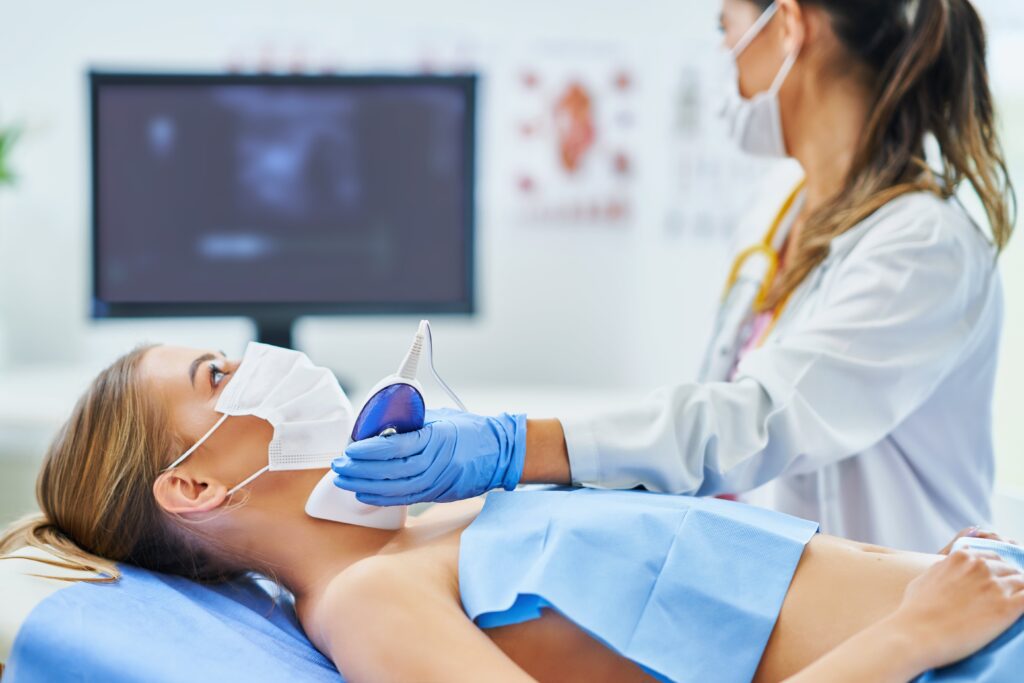Some of the procedures that the Heart and Medical Center can either inform you about or perform ourselves in order to assist you in your quest for heart health are:
ECHOCARDIOGRAM
An echocardiogram is a test used to assess the heart’s function and structures. A transducer (like a microphone) sends out ultrasonic sound waves which move through the skin and other body tissues to the heart tissues, where they echo or bounce off of the heart structures. A computer then interprets the echoes into an image of the heart.
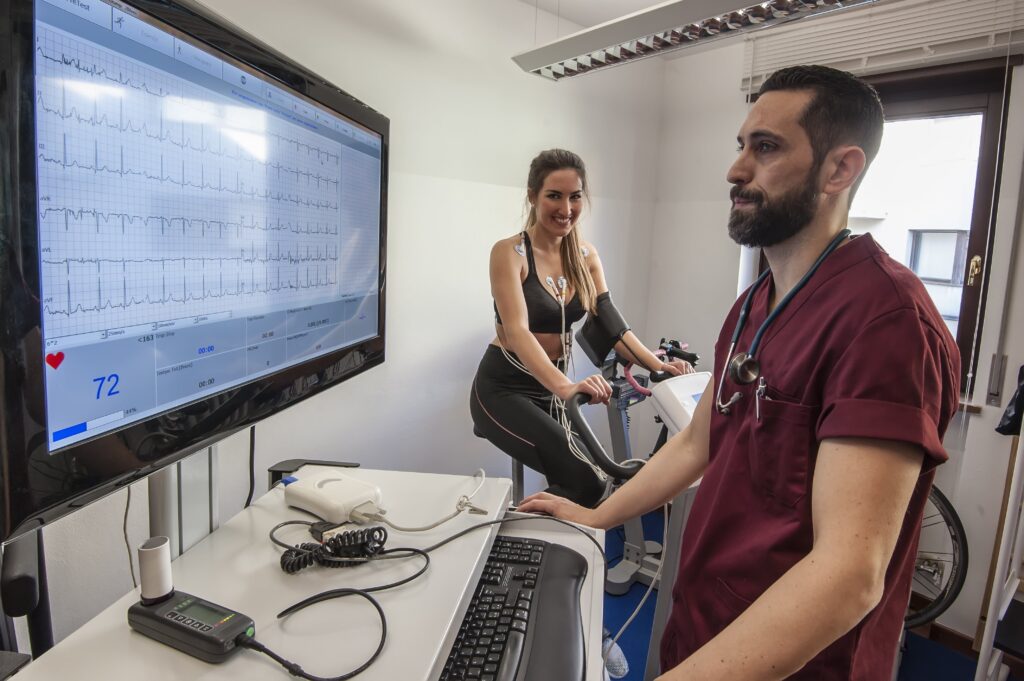
PACEMAKER CLINIC
The Heart and Medical Center Pacemaker Clinic offers routine and emergency professionals diagnostics testing of your internal cardiac monitor, pacemaker, or defibrillator. We provide patients with implanted cardiac devices detailed information regarding their devices including device and lead intrgrity, battery status, and appropriate programming and monitoring. We are able to work closely with the patients to maximize pacemaker therapy to establish the highest quality of life possible. Dr Khetpal and our multiple technicians are competitively trained to work with all devices ato provide detailed knowledge regarding your loop recorder, pacemaker, or defibrillator.

CARDIAC CATHETERIZATION
Cardiac catheterization is an invasive imaging procedure that tests for heart disease by allowing your doctor to “see” how well your heart is functioning. A long, narrow tube (catheter) is inserted into a blood vessel in your arm or leg and guided to your heart with the aid of an X-ray machine. Contrast dye is injected through the catheter so that X-ray movies of your valves, coronary arteries, and heart chambers can be created.
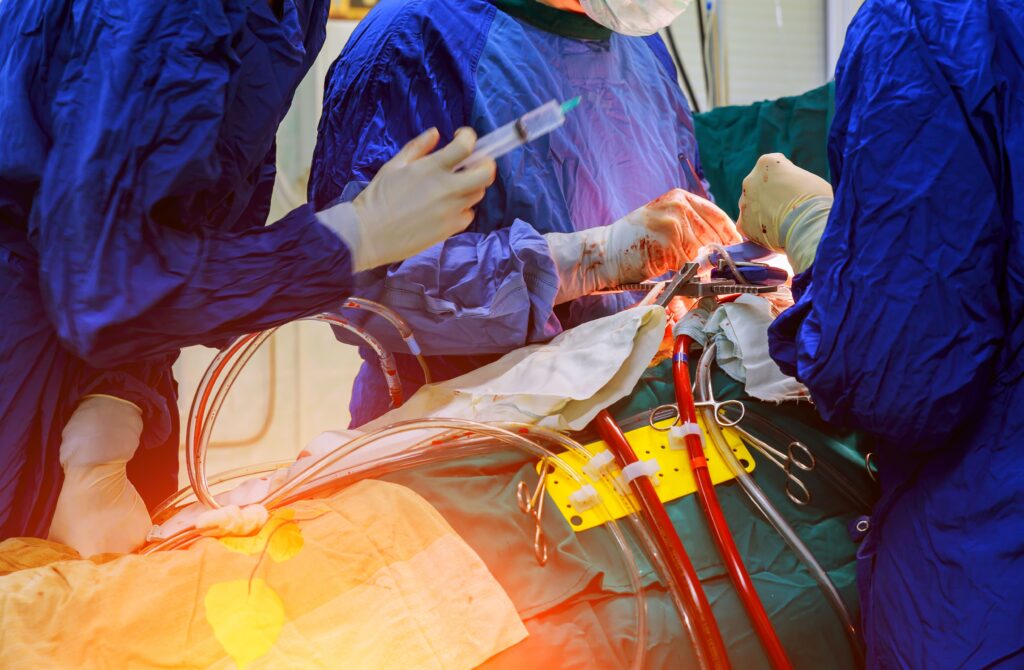
STRESS TESTING
During this test, you walk on a treadmill while being monitored to see how far you walk and if you develop chest pain or changes in your ECG that suggest that your heart is not getting enough blood. You will walk on a treadmill while the electrical activity of your heart is measured with an electrocardiogram (ECG), and blood pressure readings are taken. This will measure your heart’s reaction to your body’s increased need for oxygen.
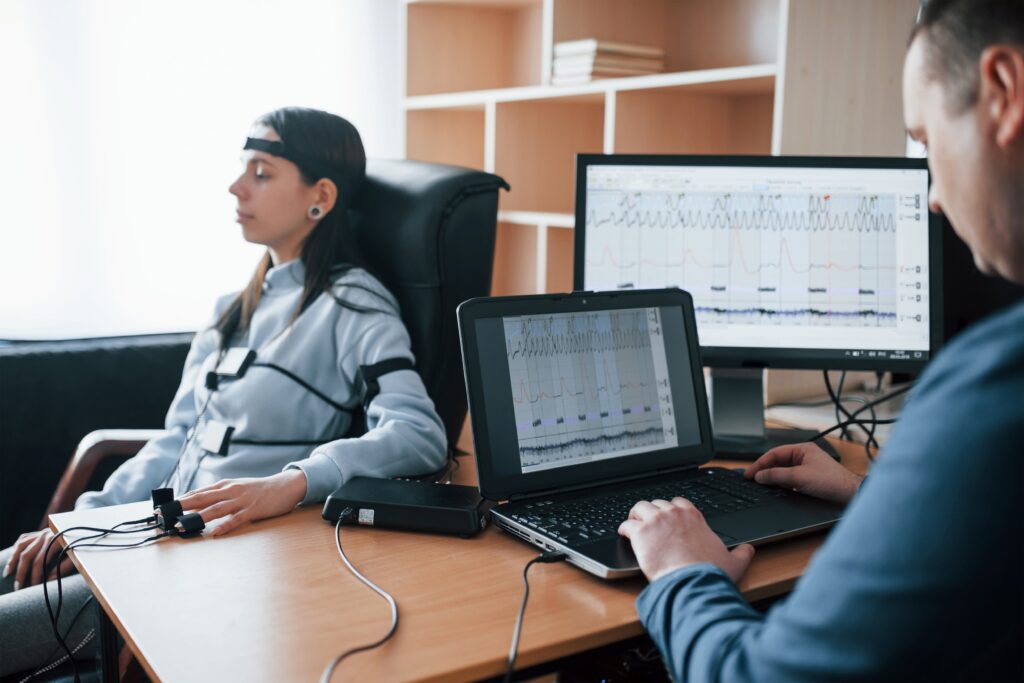
EKG
An electrocardiogram is a simple, painless test that records the heart’s electrical activity. To understand this test, it helps to understand how the heart works. With each new heartbeat, an electrical signal spreads from the top of the heart to the bottom. As it travels, the signal causes the heart to contract and pump blood. The heart’s electrical signals set the rhythm of the heartbeat.
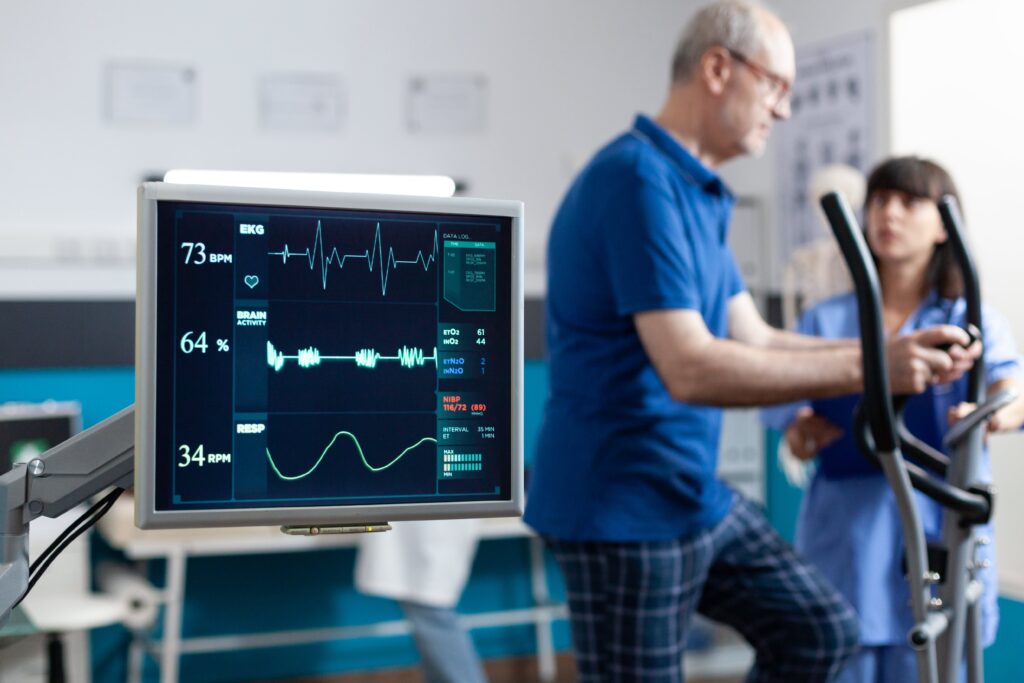
EECP
EECP therapy is an outpatient treatment for angina and heart failure. Treatments are usually given for an hour each day, five days a week, for a total of 35 hours. During the treatment, you lie on a comfortable treatment table with large blood pressure-like cuffs wrapped around your legs and buttocks. These cuffs inflate and deflate at specific times between your heartbeats. A continuous electrocardiogram (ECG) is used to set the timing so the cuffs inflate while the heart is at rest, when it normally gets its supply of blood and oxygen. The cuffs deflate at the end of that rest period, just before the next heartbeat. The special sensor applied to your finger checks the oxygen level in your blood and monitors the pressure waves created by the cuff inflations and deflations.
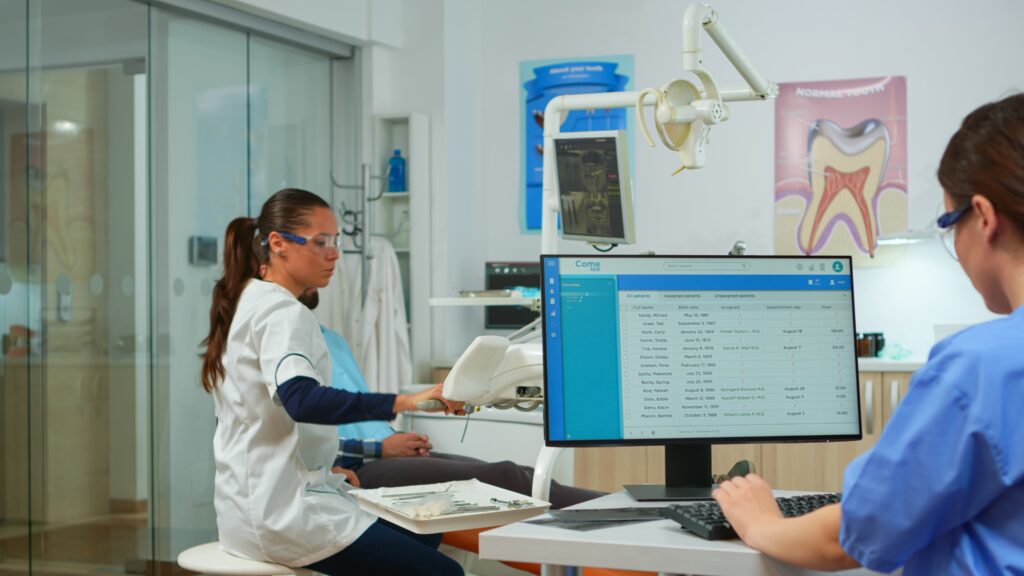
CAROTID ULTRASOUND
Carotid ultrasounds are performed to evaluate the arteries in the neck for plaque. If plaque is present ultrasounds help determine the amount of plaque, as well as the amount of blood flow that is being restricted from getting to the face and brain. Ultrasound determines this by using 2-D imaging, color doppler and pule doppler.
